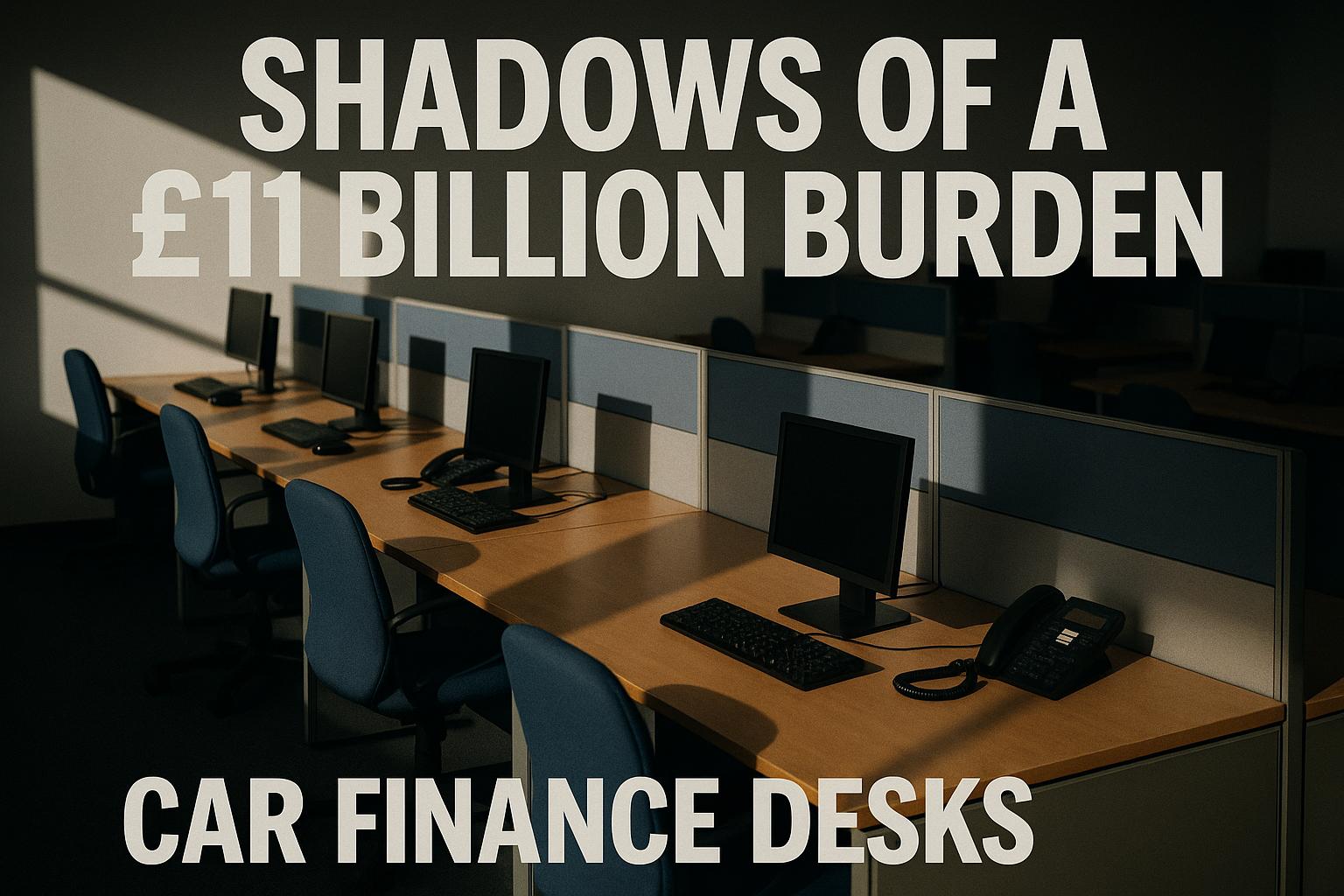Lloyds Banking Group has increased its financial provision by £800 million to address compensation claims arising from a high-profile UK motor finance mis-selling scandal. This raises the bank’s total set-aside to nearly £2 billion, reflecting growing recognition of the potential scale and complexity of claims linked to historical discretionary commission arrangements (DCAs) used by car dealers. Lloyds had previously allocated £1.15 billion for these liabilities but now estimates the need for a larger buffer following the Financial Conduct Authority’s (FCA) recent publication of a comprehensive consultation paper outlining the redress scheme.
The FCA has positioned the motor finance scandal as one of the most significant financial misconduct cases since the payment protection insurance (PPI) controversy. The regulator estimates that banks and other lenders could collectively face costs of around £11 billion, with the potential to rise to £12.4 billion if all affected consumers come forward. Around 14 million drivers, spanning loans issued between 2007 and 2024, may be eligible for compensation averaging roughly £700 each under the proposed scheme. This figure comes with some caveats, as the FCA’s methodology for calculating payouts relies less on exact customer losses and more on regulatory considerations.
The mis-selling primarily involves the failure to properly disclose commission payments to car dealers, which incentivised raising interest rates unfairly for many consumers under discretionary commission agreements. DCAs were banned in 2021, but their legacy has triggered large-scale scrutiny and financial repercussions across the sector. Industry data indicates approximately 14.2 million loans could be implicated, with a projected claims take-up rate of around 85%.
Lloyds notes that the final accounting may evolve further as legal proceedings, complaints, and additional stakeholder input unfold. The bank’s chief executive Charlie Nunn has previously highlighted the scandal’s impact on the UK banking sector’s broader reputation, describing it as part of the country’s wider “investability problem.” The bank’s shares responded positively to the announcement, rising by 1%.
Other major car finance providers are also preparing for significant costs. Captive finance arms of manufacturers such as Hyundai Capital UK and the financial division of Honda Europe have respectively earmarked £34.5 million and £62.2 million in anticipation of compensation claims, although these figures predate the FCA’s most recent assessment and may be revised upwards. The Financial Conduct Authority expects banks to cover about 51% of the total payouts, with captive and independent lenders accounting for the remainder.
The Financing and Leasing Association has warned that the financial strain from such a compensation scheme could destabilise the car finance market, potentially leading to fewer loan options, increased borrowing costs, or insolvencies among some lenders. This highlights the sector-wide repercussions beyond immediate redress.
While the FCA’s latest estimate of £8.2 billion to £9.7 billion in compensation costs is somewhat lower than initial broad forecasts of up to £18 billion, the scale remains substantial compared to other UK financial scandals. Banks and lenders have collectively set aside over £2 billion already, reflecting growing consensus around the costs involved.
Notably, the FCA encourages consumers to claim directly through lenders rather than engage with costly claims management companies, and has outlined a consumer-friendly process prioritising earlier complaints. The scheme, expected to launch in 2026, aims to provide quicker and more straightforward resolution compared to court action, which remains an option but is likely to be slower and more expensive.
In summary, Lloyds’ increased provision and the FCA’s detailed redress proposal underscore the magnitude and complexity of the motor finance mis-selling scandal. It serves as a stark reminder of the long-term consequences of regulatory breaches in consumer lending and the ongoing financial and reputational costs borne by banks and their customers.
📌 Reference Map:
- Paragraph 1 – [1], [2], [7]
- Paragraph 2 – [1], [5], [3]
- Paragraph 3 – [1], [5], [6]
- Paragraph 4 – [1], [7], [3]
- Paragraph 5 – [1], [5]
- Paragraph 6 – [1], [2], [4]
- Paragraph 7 – [1], [5], [6]
- Paragraph 8 – [1], [5], [6]
- Paragraph 9 – [1], [2], [4], [7]
Source: Noah Wire Services
